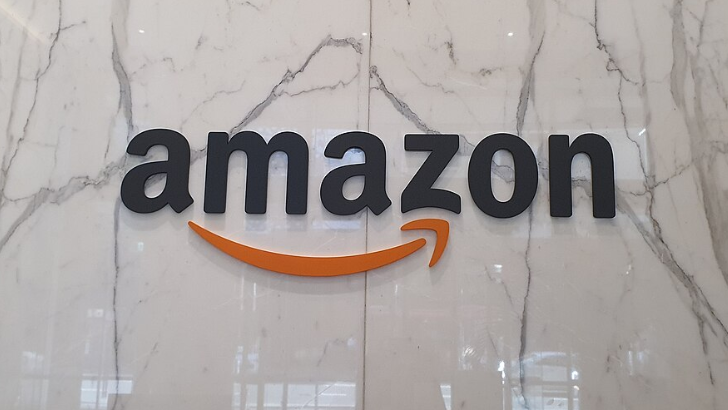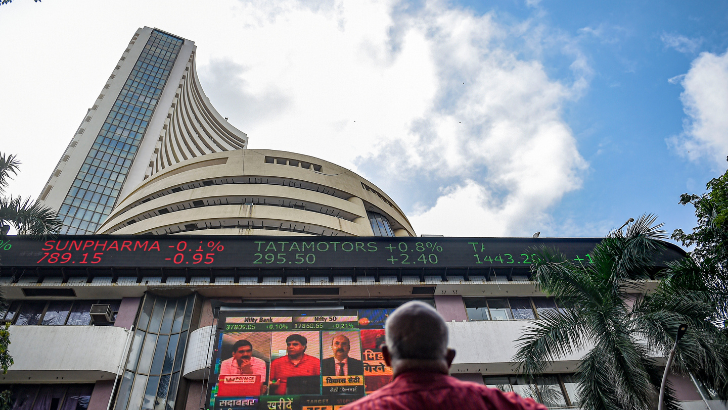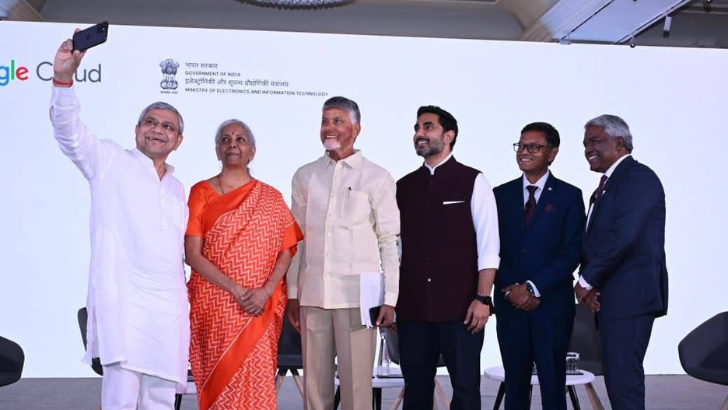Dozens of countries with no deals face higher tariffs as trade deadline looms
President Donald Trump had threatened to impose the tariffs on 1 August but delayed the deadline by a week just hours before they were supposed to take effect.
PTI
-
President Donald Trump
Washington, 1 Aug
Many countries around the world are facing the prospect of new tariffs
on their exports to the United States on 7 August, a potential blow to the
global economy, because they haven't yet reached a trade deal with the Trump
administration.
President Donald Trump had threatened to impose the tariffs on 1 August
but delayed the deadline by a week just hours before they were supposed to take
effect.
Some of the United States' biggest trading partners have reached agreements, or at least the outlines of one, including the European Union, the
United Kingdom, and Japan.
Even so, those countries face much higher tariffs than were in effect
before Trump took office. And other large trading partners — most
notably China and Mexico — received an extension to keep negotiating, but they
will likely end up paying more.
Trump intends the duties to bring back manufacturing to the United
States, while also forcing other countries to reduce their trade barriers to US
exports. Trump argues that foreign exporters will pay the cost of the tariffs,
but so far economists have found that most are being paid by US companies. And
measures of US inflation have started to tick higher as prices of imported
goods, such as furniture, appliances, and toys rise.
Countries without an agreement face duties ranging between 10 per cent
and 40 per cent, according to Trump's executive order signed on Thursday. That includes large economies such as Taiwan and India, as well as many smaller
countries like South Africa, Sri Lanka, Bangladesh, and even tiny Lesotho.
Will the deadline hold this time?
Trump's original 2 April “Liberation Day” announcement threatened to
impose import taxes of up to 50 per cent on nearly 60 countries and economies,
including the 27-nation European Union. Those duties, originally scheduled for 9
April, were then postponed twice, first to 9 July and then 1 August.
On Wednesday, Trump said on his social media platform Truth Social, “THE
AUGUST FIRST DEADLINE IS THE AUGUST FIRST DEADLINE — IT STANDS STRONG, AND WILL
NOT BE EXTENDED.”
As of Thursday afternoon, White House representatives — and Trump
himself — had insisted that no more delays were possible.
But when Trump signed the order Thursday night imposing new tariffs on 68 countries and the European Union, the start date of the punishing import
taxes was pushed back seven days so that the tariff schedule could be updated.
The change — while potentially welcome news to countries that had not yet
reached a deal with the US — injected a new dose of uncertainty for consumers
and businesses still wondering what's going to happen and when.
Of the 68 countries, along with the EU, that appear in Trump's executive
order, the majority do not have deals. That includes Algeria, now facing a
tariff of 30 per cent; Iraq at 35 per cent; Syria at 41 per cent, Switzerland
at 39 per cent and Taiwan at 20 per cent.
In some cases, the tariffs were lowered from April, as was the case for Cambodia, which went from 36 per cent to 19 per cent. But others saw their tariffs go up, like New Zealand, from 10 per cent to 15 per cent.
Leave a Reply
Your email address will not be published. Required fields are marked *








.jpg)


.png)
.png)

.png)

.png)

.png)
.png)
